Priceless possessions, extra cash, and confidential documents are found in every other home. Instead of stashing these valuable belongings in a cupboard drawer, homeowners look for safes to keep their treasure away from threats and disasters.
Safes are substantial metal containers that have an impenetrable locking mechanism. The metal box has a sturdy structure allowing it to stand firm against fire and theft. Where this is just a general introduction to a safe, the market contains a vast collection of safes to satisfy the demands of every user.
Gun safes and home safes are the two largest categories in this regard. The terms are often used interchangeably, but the two safes differ at certain levels.
If you are planning to invest in a safe, knowing the similarities and differences between the two most significant types of safe will help you make the right decision.
Home Safes
A home safe is a strong metal cupboard that can store all your valuable belongings, including jewelry, cash, documents, passports, laptops, and other important stuff.
Home safes are made up of heavy-duty steel and can withstand heavy blows from crossbars. Home safes are also resistant to fire and water.
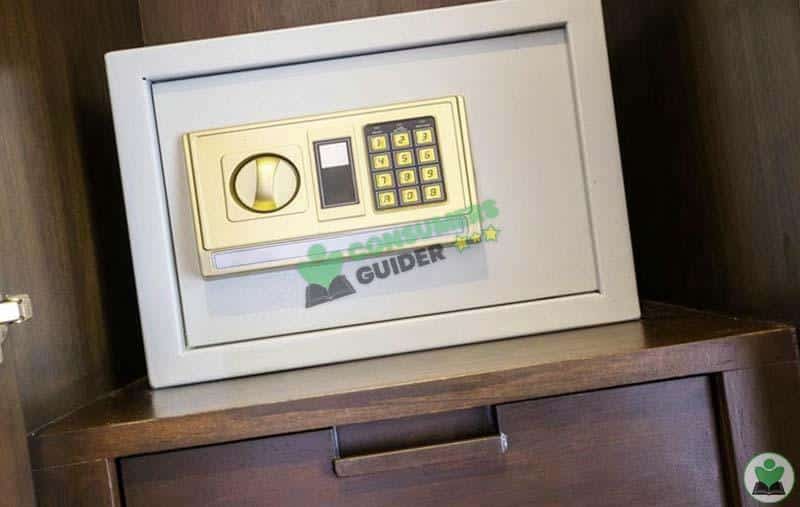
The safes designed for the home can be installed or mounted on the wall and the floor as well.
Home safes are generally small, allowing them to accommodate small spaces easily inside the house.
Gun Safes
Gun safes are designed for safekeeping firearms and ammunition. These safes are specially designed to protect guns and ammo from burglars and other natural threats.
Gun safes are more spacious than ordinary standalone safes. The exterior of a gun safe is usually thick and has a more significant number of bolts.
Gun safes are strong, sturdy, and extremely heavy. The safes are available in various sizes and offer different levels of security.
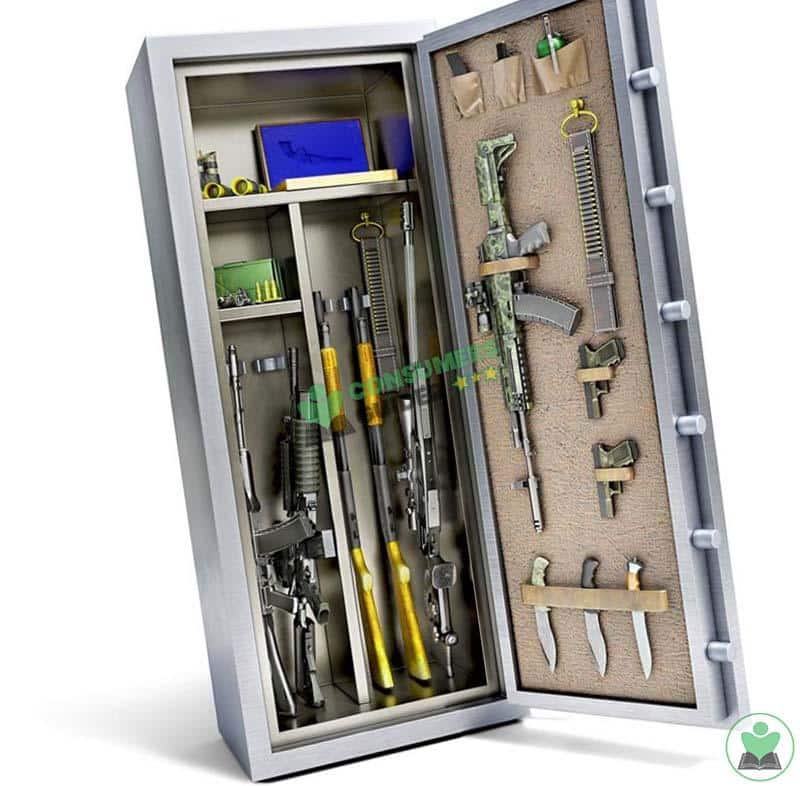
Difference Between Home Safe And Gun Safe
Gun safes and home safes may look similar at a glance. But certain features set the two commonly used safes apart.
a) Storage Capacity
Home safes are usually small and compact, catering to homeowners’ limited space. Although home safes look smaller, they are much more open from the inside. The safes have lock boxes, hooks, and removable shelves, allowing owners to store dozens of belongings at a given time.
Then, we have gun safes. A gun safe is amazingly different from a home space. Gun safes are designed to be larger and more spacious than home safes. The safe is designed to keep an upright position.
The safe also has several racks, pockets, and compartments where you can organize firearms, ammo, and other gun-related accessories.
Most high-end gun safes these days have drawers for storing jewelry, fireproof pockets for keeping documents, and adjustable shelves.
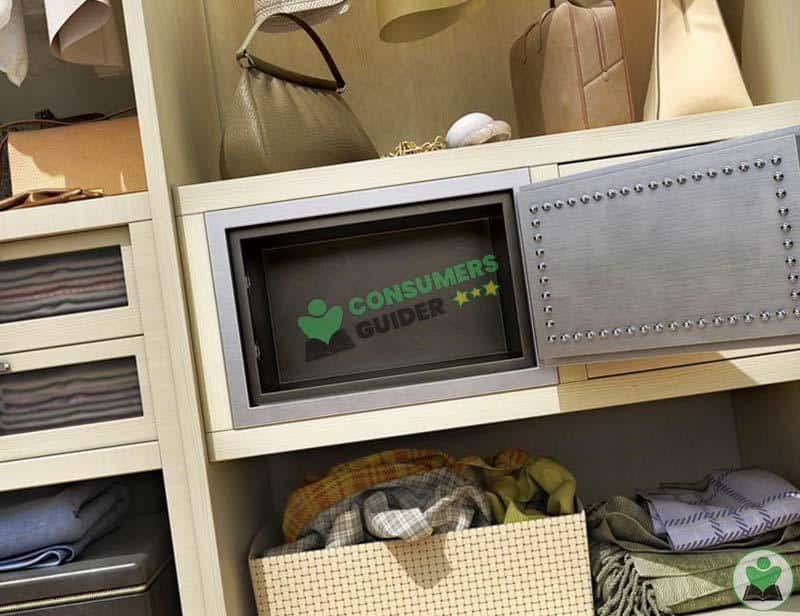
In general, gun safes are much larger than an average home safe. Moreover, gun safes have more compartments allowing the owner to keep things well-organized. At the same time, home safes have limited interior space.
You can keep your valuable possessions inside a gun safe, but it is impossible to store rifles and pistols in a home safe.
b) Protection Level
Both gun safes and home safes are designed to protect the contents inside. However, the level of security found on both safes makes them apart.
Home safes do offer security but to a certain extent only. There are high-end home safes that can resist fire and water. There are burglar-proof home safes as well. But the protection your belongings get on a gun safe is unmatched.
Gun safes not only protect your guns and possessions from a certified burglar but also prevent other elements from reaching inside the safe.
Home safes are not good at keeping humidity at bay. And since jewelry, documents, and cash requires a certain amount of humidity to retain their good condition. And so, most home safes allow moisture to enter the interior compartment.
Whereas gun safes have a special seal. The seal keeps the moisture outside, which prevents the firearms from getting rusted. The seal is also helpful in keeping the guns safe from fire and water.
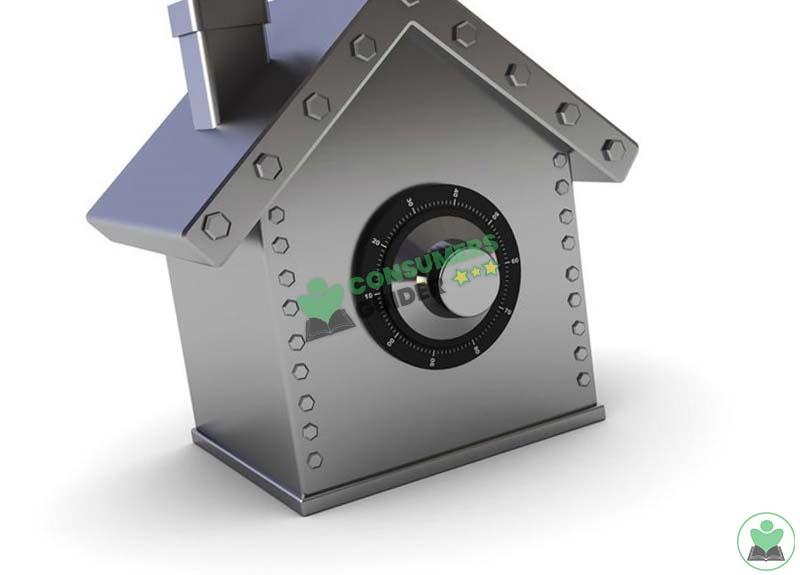
c) Price
The most crucial point of differentiation between the two safes is the “Price.”
Home safes are designed for residential use. They are generally small and are less secure than gun safes. Gun safes, on the other hand, are more significant. They have a much steadier and more robust construction.
The difference in constructing the two safes also leads to different costs. A home safe usually ranges from $600-$800. At the same time, a gun safe is pricier than a regular safe. The cost of gun safes ranges from $700-$1000.
So, you need to consider your needs and budget while choosing a safe.
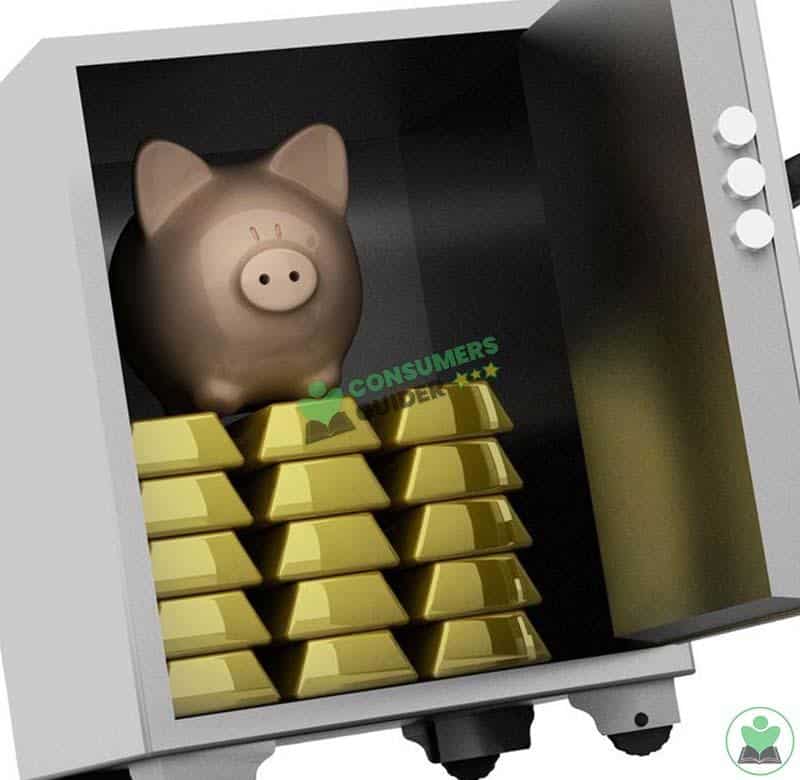
Similarities Between Home Safe And Gun Safe
Despite all the differences, home and gun safes serve a similar purpose. The two safes have certain features that make them similar to one another.
a) Wall Thickness
Home safes and gun safes follow a similar construction. The walls of both safes usually have identical thicknesses. The thickness may vary depending on the style and size of the safe. But the structure of both the safe offers a basic level of protection.
b) Purpose Of Construction
Both gun safes and home safes serve a similar purpose. They are designed to keep your valuables safe from intruders and natural calamities.
Can You Keep A Gun In A Regular Safe?
Yes, you can keep a gun in a regular safe. Home safes also have robust construction and a secured locking mechanism. In some cases, home safes can even survive fire and flood. All these attributes of a home safe will keep your firearms and ammo inaccessible.
However, home safes are not designed for storing guns. If you have an extensive collection of firearms, rifles, and ammo, getting a home safe is not a good idea. Some drawbacks of keeping guns in a home safe are
- Home safe won’t allow you to store the guns in an upright position.
- The guns become vulnerable. They may get scratches and dents.
- Home safes cannot keep the moisture out. This will cause your guns and ammo to rust more quickly.
You can keep your guns in a home safe, but you won’t be able to provide a stable environment for the guns. If you want to keep your firearms and ammo in good condition, it is best to invest in a gun safe. Although gun safes are expensive, the benefits you receive make them an investment.

What Type of Safe Should You Get? (Conclusion)
Well, it all depends on your needs and preferences.
Make a list of things you intend to keep in your safe. Try to estimate the storage capacity; you will need to keep things organized inside the safe box. This simple trick will help you determine the perfect safe for your home.
For instance, if you only wish to keep documents and cash inside the safe, a home safe is an ideal option. But if you also have guns that you want to keep out of children’s reach, a gun safe with proper storage compartments is highly recommended.
Apart from the size and internal space, budget is also an important consideration when investing in a gun safe. Home safes are cost-friendly and offer optimum protection for your valuables.
Gun safes are more on the expensive side of the spectrum, and you may have to spend a fortune to get a good one.
Ultimately, it all comes down to your needs and budget.
Frequently Asked Questions
What makes a Gun safe a gun safe?
A gun safe is different from a traditional home safe. Generally, a gun safe is more spacious and keeps your rifles and firearms upright. It also has separate compartments for ammo. The safe has solid walls and a seal at the door. The design of the safe makes it resistant to fire and water.
Is a gun cabinet considered a gun safe?
Gun cabinets are entirely from gun safes. They have thin steel walls and are light in weight. Gun cabinets are usually made up of wood and metal. Unlike a gun safe, gun cabinets are not resistant to water and fire. They are reliable for attractively displaying rifles and pistols.




